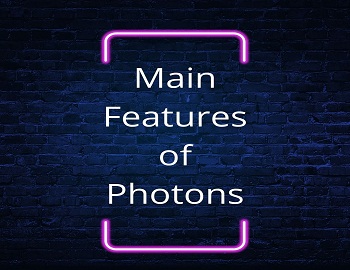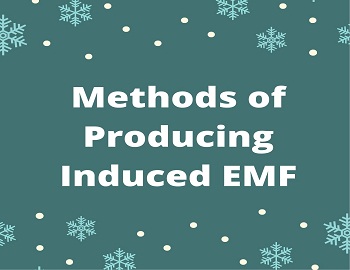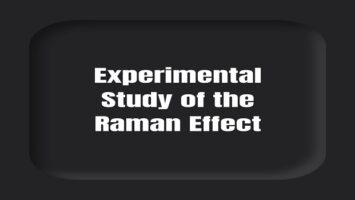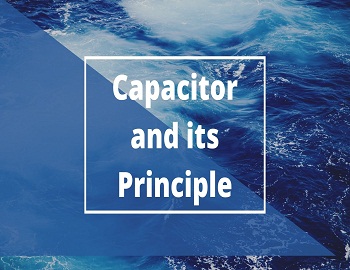Fermi-Dirac Distribution:
In a metallic crystal, the free electrons possess different energies except the restriction put forward by Pauli’s exclusion principle. According to quantum theory, at absolute zero of temperature, the free electrons occupy different energy levels continuously without any vacancy in between filled states. This can be understood by dropping the free electrons of a metal one by one into the potential well. The first electron dropped would occupy the lowest available energy, E0 (say), and the next electron dropped also occupy the same energy level. The third electron dropped would occupy the next energy level. That is, the third electron dropped would occupy the energy level E1 (> E0) and so on because of Pauli’s exclusion principle. If the metal contains N (even) number of electrons, they will be distributed in the first N/2 energy levels and the higher energy levels will be completely empty as shown below.

The highest filled level, which separates the filled and empty levels at 0K is known as the Fermi level and the energy corresponding to this level is called Fermi energy (EF). Fermi energy can also be defined as the highest energy possessed by an electron in the material at 0K. At 0K, the Fermi energy EF is represented as EF0. As the temperature of the metal is increased from 0K to Tk, then those electrons which are present up to a depth of KBT from Fermi energy may take thermal energies equal to KBT and occupy higher energy levels, whereas the electrons present in the lower energy levels i.e., below KBT from Fermi level, will not take thermal energies beucae they will not find vacant electron states. The probability that a particular quantum state at energy E is filled with an electron is given by Fermi-Dirac distribution function f(E), given by:

A graph has been plotted between f(E) and E, at different temperatures 0K, T1K, T2K, T3K is shown below.


As the temperature is raised from absolute zero to T1K, the distribution curve begins to depart from a step-like function and tails off smoothly to zero. Again with a further increase in temperature to T2K and to T3K, the departure and tailing of the curves increases. This indicates that more and more electrons may occupy higher energy states with an increase of temperature and as a consequence the number of vacancies below the Fermi level increases in the same proportion. At non-zero temperatures, all these curves pass through a point whose f(E) = 1/2, at E = EF. So EF lies halfway between the filled and empty states.









Comments (No)